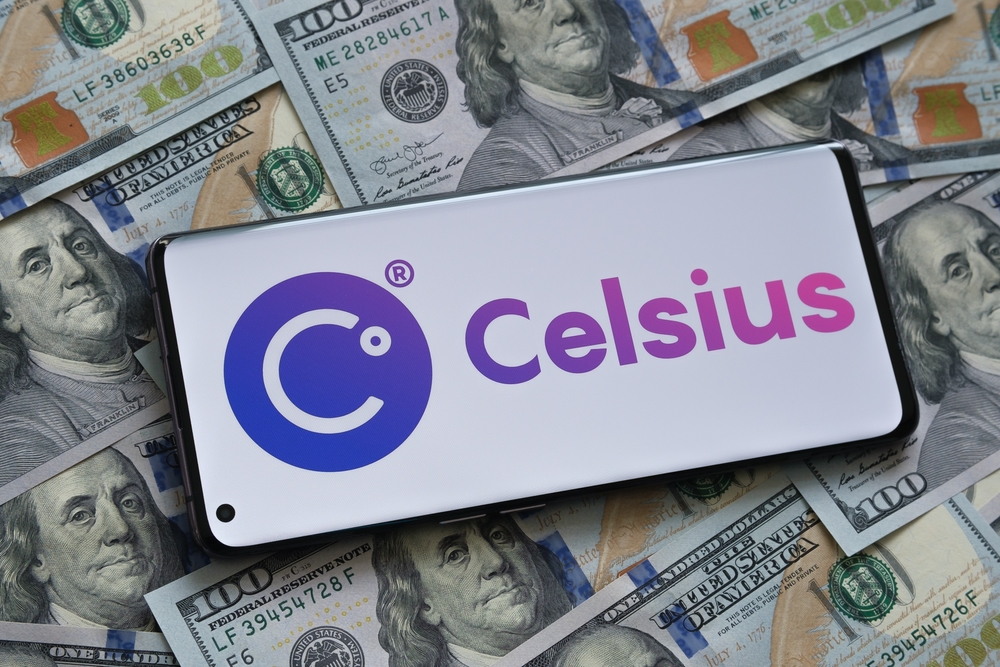The completion of the Celsius examination by Shoba Pillay reveals the crypto lender misled investors. The independent examination ordered by the New York bankruptcy court revealed that Celsius utilized funds from new customers to sustain withdrawals.
The court evoked the bankruptcy code to allow autonomous examination of alleged mismanagement and fraud by the executives. The court considered Pillay’s experience as a federal prosecutor and stint as a partner in the Jenner & Block firm.
Ponzi Scheme Footprint Evident in Celsius Operations
The examination revealed that Celsius transactions mirrored the usual Ponzi scheme. Shoba Pillay revealed the findings captured in the Tuesday filing to the court that tasked it with an autonomous assessment of crypto lender’s operations. The report filed on January 31 revealed that Shoba pay was appointed to examine the firm’s conduct and transactions days to the bankruptcy declared in July 2022.
Pillar observed that Celsius’ contractual details differed from the risks borne by the lender through the users’ cryptos. The examiner lamented that Celsius’ business operations significantly contradicted the approach communicated to the customers. The report captured revelations obtained after interviewing vendors, customers and staffers led by former chief executive Alex Mashinsky.
Discrepancy between Internal Mechanisms and Pronouncements
Pillay’s report illustrated that Celsius never fulfilled the promise of creating community-led lending. Instead, the lavish returns and financial independence contradicted a protocol dominated by the native token CEL. Additionally, Celsius concealed the risk faced by the customers.
Pillar’s findings echo the stance of the coin deployment executive Dean Tappen who in April 2022 equated the practices as portraying ponzi-like conduct. Tappen lamented that colleagues witnessed widespread discrepancy between the public pronouncements and internal mechanisms.
Pillay observed that the decision to suspend withdrawals on June 12 prevented a situation where new users’ deposits inevitably became the source of liquidity to sustain withdrawals.
Direct and Indirect Utilization of Customer Cryptos
Pillay regretted that the bankrupt lender had directly rerouted new customer deposits to honour withdrawal requests from June 9 to 12. By doing so, Celsius satisfied the Ponzi scheme identity when the promised one could not sustain the returns from genuine market operations.
Pillay observed Celsius deploy indirect arrangements in May-June 2022 period. He discovered that the company chose to unwind borrowing since the crypto returns were inadequate to sustain CEL’s buybacks.
The examination that started in September indicated that Celsius would, on occasion, utilize customer assets as collateral to procure coins it used to settle its liabilities. The crypto lender would justify the indirect arrangement by utilizing deposits to fill its balance sheet holes. By doing so, the lender is portrayed as not selling the deposits.
Pillay’s report quoted the admission by an anonymous Celsius manager that the lender wasted cash in compensating executives and supporting Mashinky’s net worth within the CEL token. The filing ruled out claims by the previous chief executive that the lender had 200% collateral. Instead, 14% of loans advanced by Celsius to institutional clients were entirely unsecured.
Editorial credit: mundissima / Shutterstock.com
